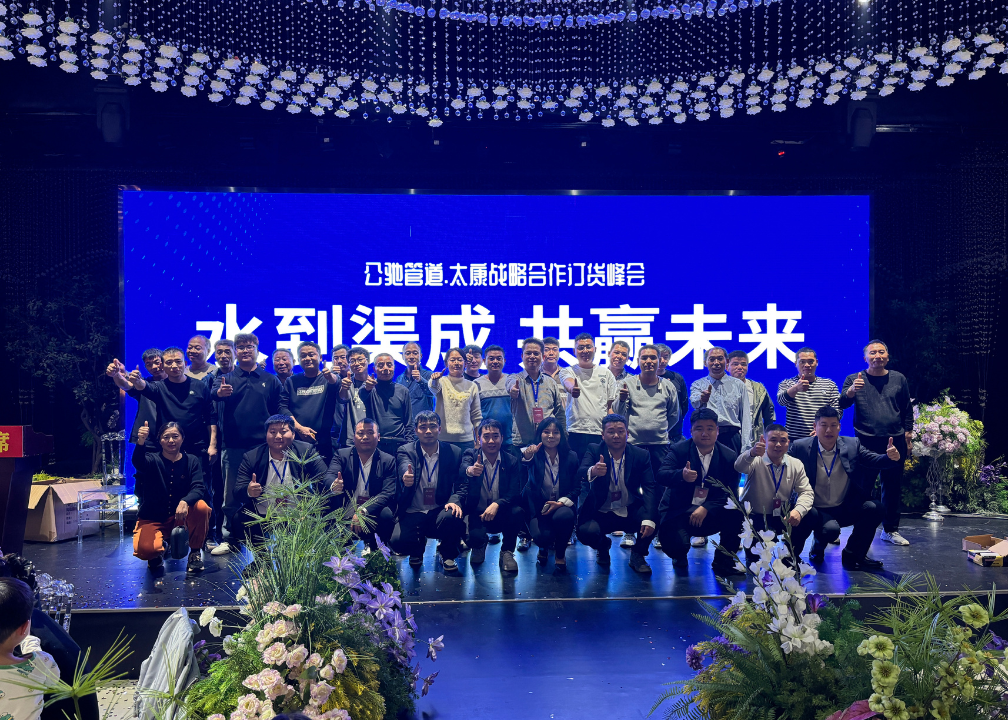Global Trends in Plastic Piping Systems 2025
Global demand for PPR, PVC, and HDPE pipes is rising. Sustainability, urbanization, and smart technology drive the future of plastic piping systems.

The global plastic piping industry is entering a new stage of transformation. With rapid urbanization, stricter environmental standards, and the push toward sustainable construction, the demand for high-performance plastic pipes has never been greater. From water supply to energy transport, plastic has overtaken traditional metal systems in speed of adoption, thanks to its durability, cost efficiency, and adaptability.
Rising Demand Across Sectors
According to recent industry reports, the worldwide demand for PPR, PVC, and HDPE pipes is projected to grow steadily through 2030. This growth is driven by:
- Urban infrastructure expansion – new cities, housing complexes, and commercial centers.
- Green building initiatives – pipes that offer recyclability and long service life are preferred over metals.
- Population growth and water scarcity – safe, durable water supply systems are essential.
For example, PPR pipes are becoming the standard in residential and healthcare projects due to their ability to resist high temperatures, pressure, and chemical corrosion. Meanwhile, HDPE pipes dominate large-scale applications such as gas pipelines, irrigation, and sewer systems because of their flexibility and longevity. PVC pipes, with their affordability and ease of installation, remain indispensable for drainage and conduit networks.
Innovation and Sustainability
Another key trend is the integration of smart technologies into pipeline systems. IoT-based monitoring allows cities to detect leaks, measure water quality, and reduce maintenance costs. Manufacturers are also focusing on eco-friendly production and certifications (ISO, CE, WRAS) to meet international standards and win overseas projects.
As the global market evolves, manufacturers must not only produce high-quality pipes but also provide technical expertise, fast delivery, and project-specific solutions. For companies like Gongchi Plastic, this shift represents an opportunity to align with international demand while strengthening brand credibility in global markets.
Subscribe to
our newsletter
Receive company updates, industry insights, and project highlights straight to your inbox.





